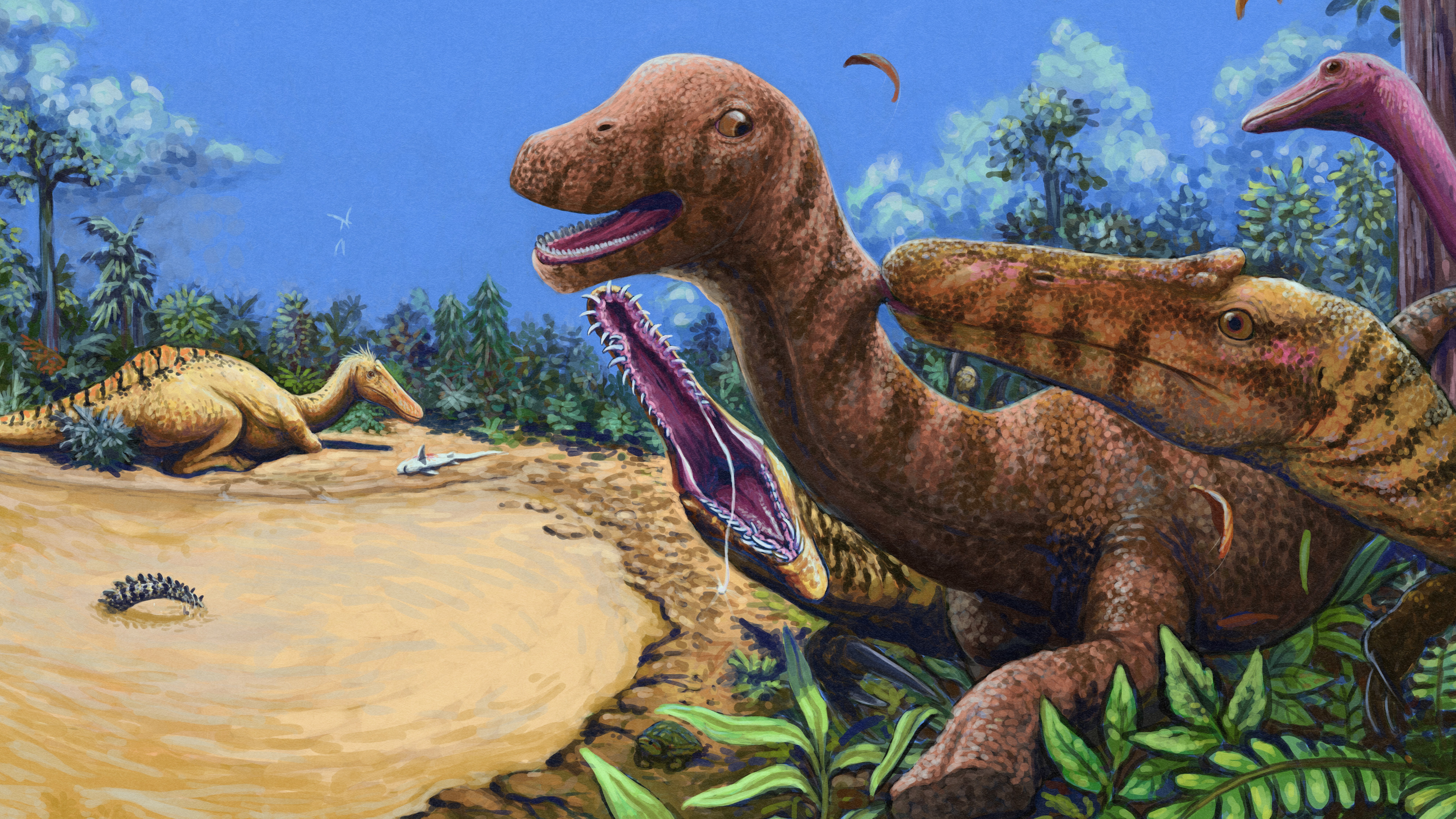Best Earth Images of the Week - March 16, 2012

Cloud Streets, Tiger Momma and Golden Sand
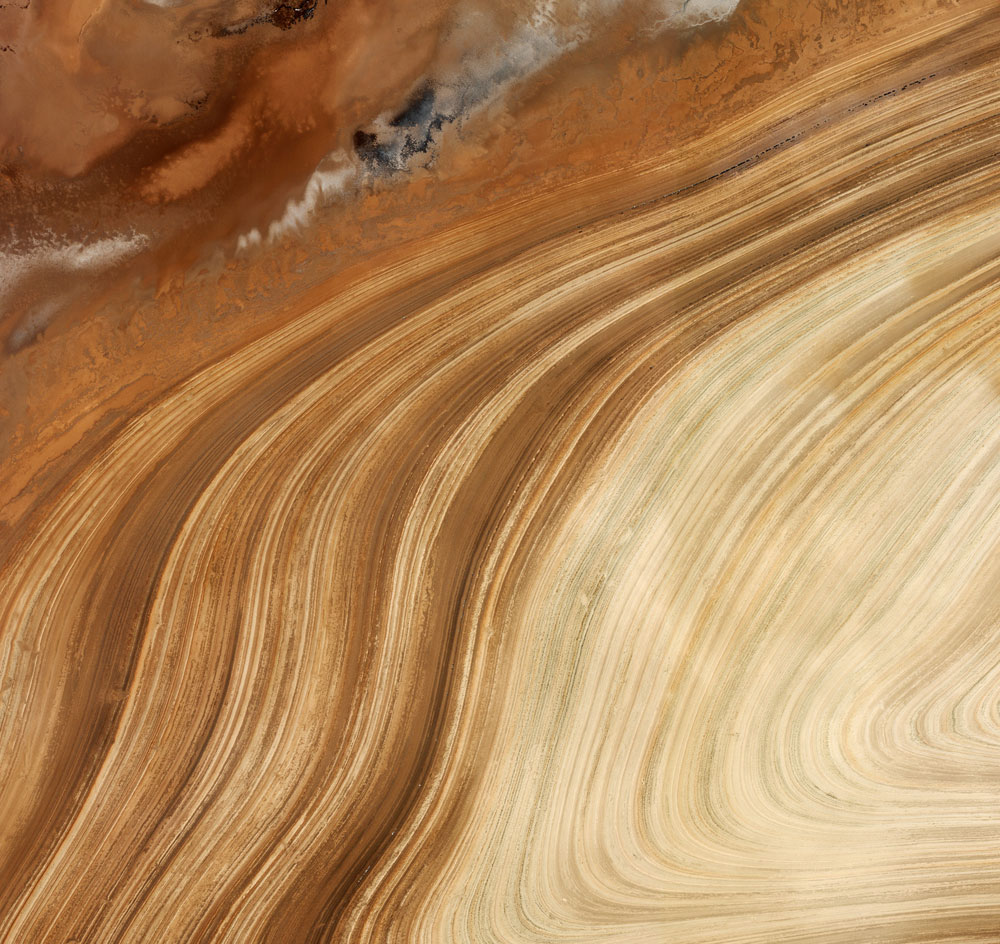
Tiger mommas, cool clouds and sand, and stinky flowers are just the beginning of our picks this week.
Take a peak.
Camera Traps Score Again
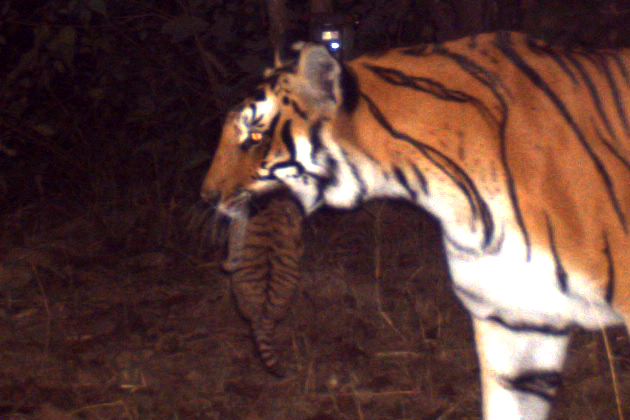
A few weeks after conservationists spotted tigers crossing a river in northern India firsthand, a field team has collected camera-trap photo evidence of the area being used by 13 tigers, including a mother and her cubs.
Having this information will help officials and conservationists learn how to better protect the tigers and how the big cats use the area.
[Full Story: Camera Traps Spot Mother Tiger and Cubs in India]
No Paintbrush Here

These stunning golden curves look as if they've been made with a paintbrush, but they are in fact part of Iran's salt desert, Dasht-e Kavir, also know as the Great Salt Desert.
[Full Story: Earth As Art: Golden Curves in the Sand]
Streets Above
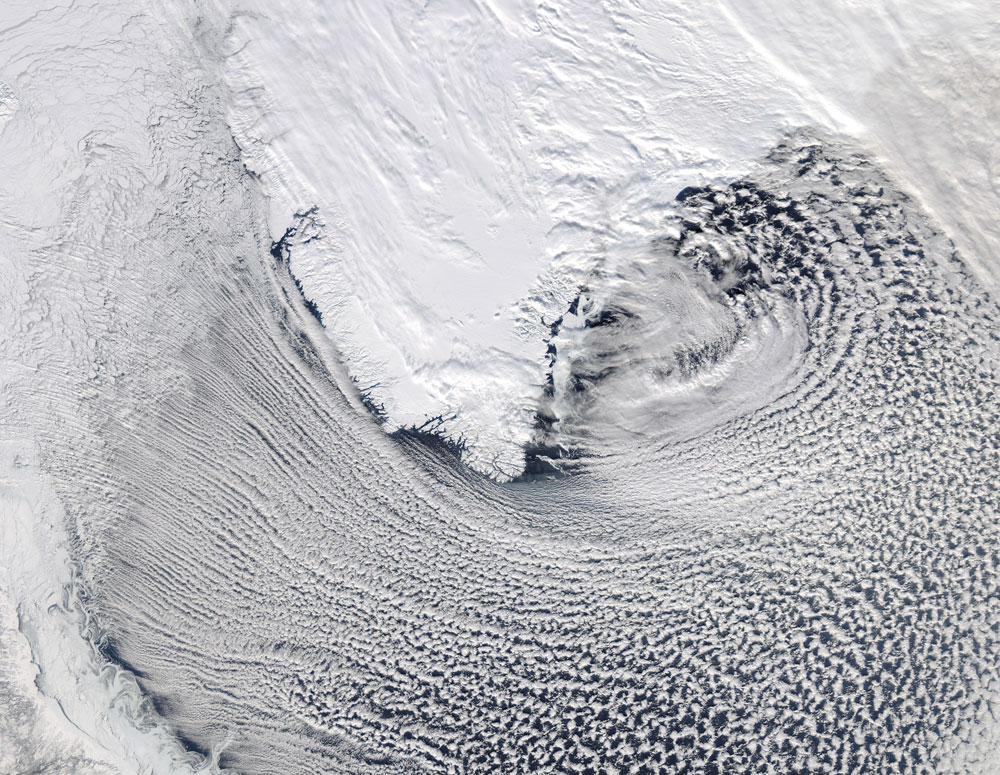
A mesmerizing pattern of clouds surrounding southern Greenland was spotted by a NASA satellite in orbit around Earth.
Cloud streets are bands of cumulus clouds that form parallel to the low-level wind direction when conditions are right, scientists from NASA's Goddard Space Flight Center in Greenbelt, Md. said in a statement.
[Full Story: Stunning 'Cloud Streets' Spotted Around Greenland]
Hopping In Plain Sight
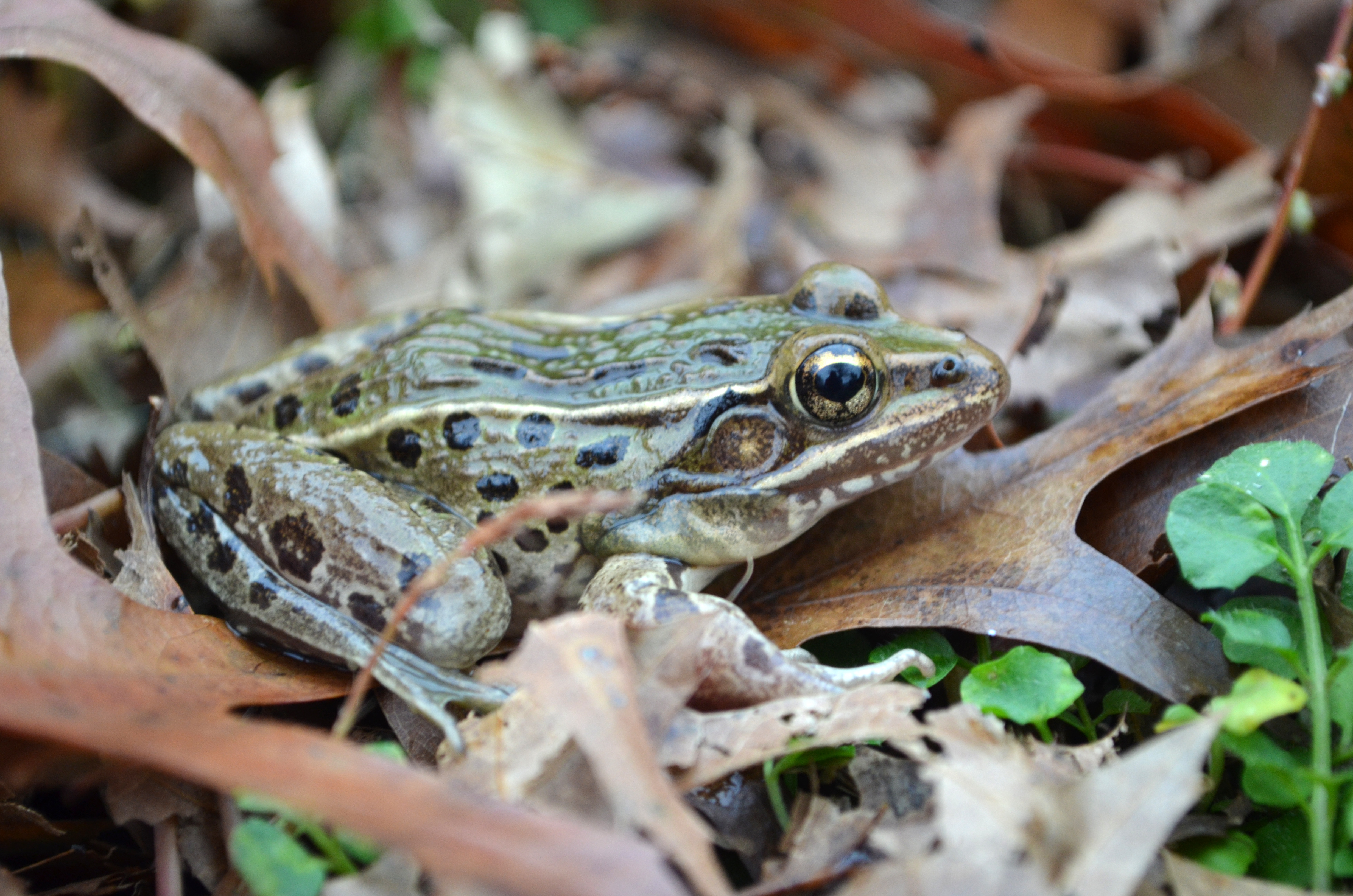
A new species of frog has been found hiding in plain sight in one of the busiest places on Earth: New York City.
For years, biologists mistook the frog for a more widespread variety of leopard frog. This one, however, prefers not to stray far from the Big Apple and has an unusual croak. The frog lives in the city's ponds and marshes sometimes within view of the Statue of Liberty so uncovering the frog's true identity was a surprise for scientists.
[Full Story: Hopping In Plain Sight: New Frog Species Discovered in NYC]
Stinky Shock
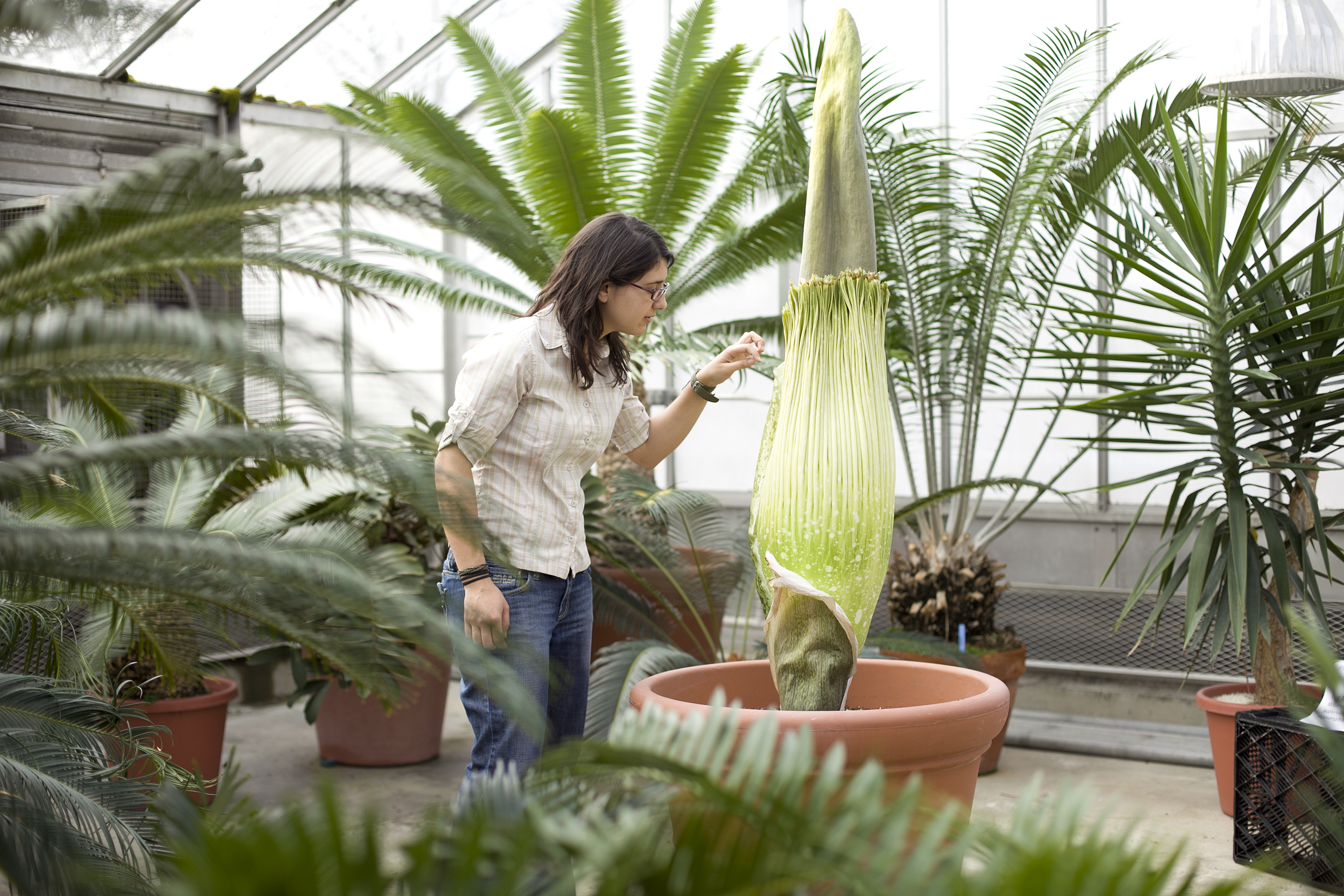
A rare corpse flower is expected to roll down its blood-red skirt and unleash an olfactory assault at the Cornell University greenhouse this week.
"It's quite an exciting experience here," said Cornell horticulturist Karl Niklas. "We've brought a little bit of Sumatra to upstate New York."
Corpse flowers first bloom around the time they are 7 to 10 years old, and then every few years or so after that. So to reproduce in the wild, a pollen-carrying fly must chance upon two blooming corpse flowers, which isn't common.
"It's a dating game," Niklas said.
A titan arum bloom lasts a few days and then dies back as the plant becomes dormant.
[Full Story: Giant Stinking Corpse Flower Set to Bloom]
Winter's Blast
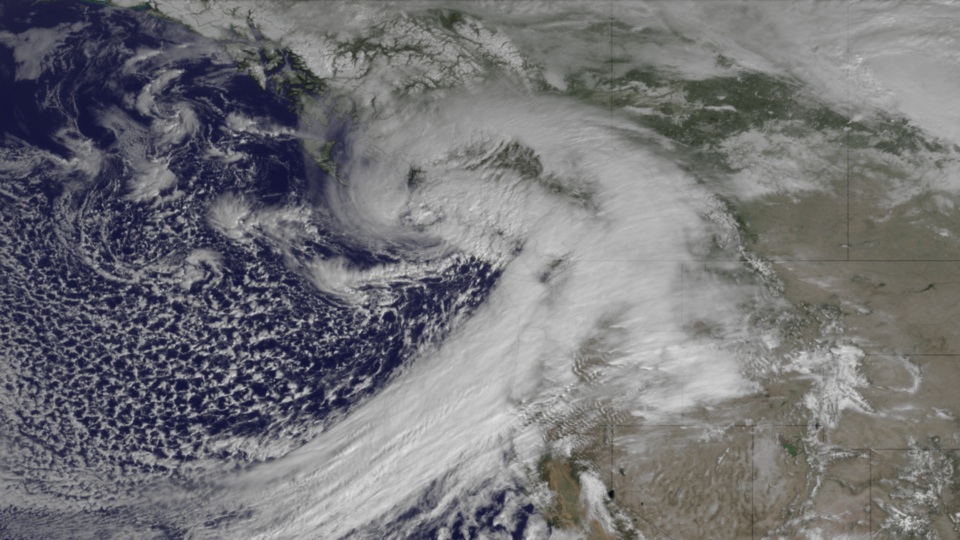
While the rest of the country is enjoying unseasonably warm weather, the Pacific Northwest is hunkering down for a wintery blast.
Snow is in the forecast for Seattle, according to the National Weather Service. Across the lowlands, snow will fall in spots, with accumulation at less than an inch. The instability in the atmosphere could also bring thunderstorms and hail across the region.
[Full Story: Wintery Weather Aims for Washington State]
Get the world’s most fascinating discoveries delivered straight to your inbox.
First Arrival of the Year
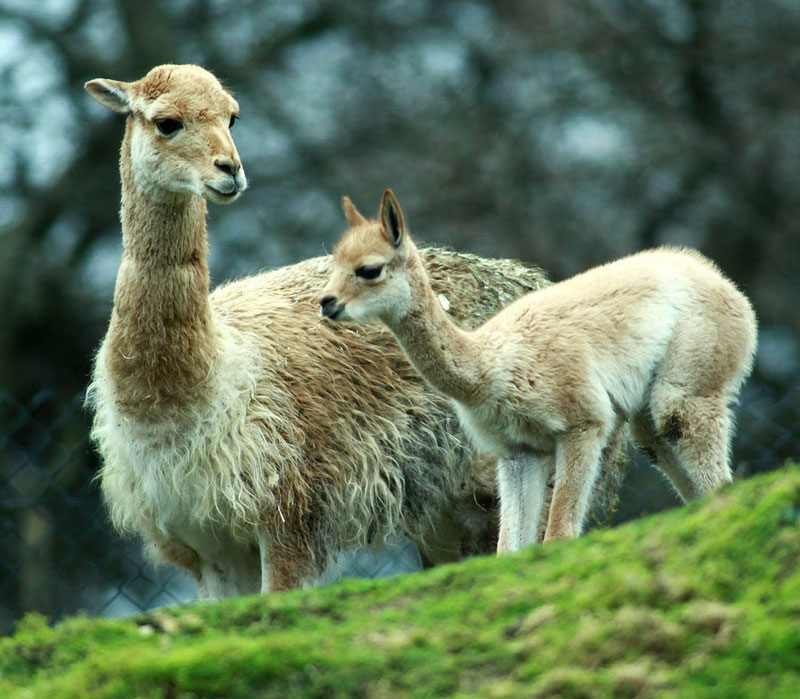
Say hello to Georgie, the vicuña, the first animal born at the Belfast Zoo this year.
Vicuñas are the smallest member of the camel family and originate from the mountainous regions of Argentina, Bolivia, Chile and Peru.
Vicuñas were once hunted to the brink of extinction, for their wool and meat. But national parks and trade restrictions put in place in the 1960s helped populations of the animal recover.
[Full Story: Baby Vicuna at Belfast Zoo]
The Emerald Isle
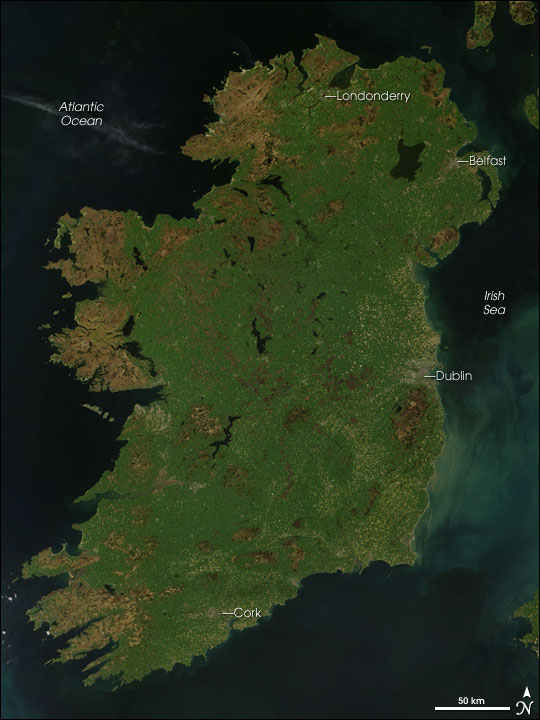
It's called the 'Emerald Isle' for good reason: Ireland's landscape, as seen in a NASA satellite image, is covered in lush green grasses and of course, shamrocks.
Ireland's greeness wouldn't be expected given it's location: It sits between 51.5 and 55.5 degrees north latitude, the same latitude range as the much chillier and snowier Newfoundland and Labrador in Canada. But Ireland benefits from the influence of the ocean current known as the North Atlantic Drift, which extends the warm waters of the Gulf Stream northward and gives Eire its mild climate. The island's average temperature in January is a relatively balmy 45 degrees Fahrenheit (7 degrees Celsius). Summers are also mild.
[Full Story: Emerald Isle: Ireland from Space]



